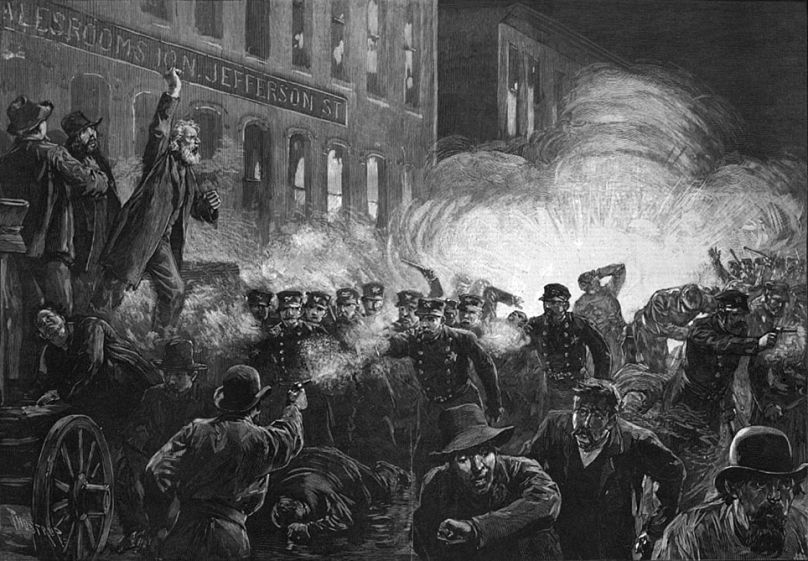How a bloody riot in Chicago in 1886 gave birth to a public holiday marked across the world.
May Day - marked on May 1 each year - may be a public holiday in much of Europe but the origins of the annual event actually come from the other side of the Atlantic.
Back in 1884, at a convention in Chicago, American trade unions frustrated with the exploitative practices of employers declared that from May 1, 1886, eight hours would constitute a day’s labour. They warned that if their demand was not met, workers across the US would strike.
Two years later, that is exactly what happened.
On May 1, as many as 300,000 workers walked off their jobs, followed by thousands more in the next few days. In Chicago, then the epicentre of the American labour movement, workers and their families took to the streets.
During a protest in Haymarket Square on May 4 of that year, a bomb was thrown into police lines, and officers responded by firing into the crowd. Even all these years later, the number of dead on both sides is disputed, with up to seven civilians and at least seven officers killed.
In the following months, eight anarchists were arrested and charged with the bombing. All were convicted, four were executed and a fifth committed suicide. The other three were jailed but later pardoned by the Governor of Illinois, who called the trial ‘a travesty of justice’.
But whatever the circumstances of the riots, the dye was cast. May 1 became not just about the fight for better working conditions, but marking the deaths of the ‘Haymarket martyrs’.
Confusingly, given the day’s origins, May Day is not a public holiday in the US, where ‘Labour Day’ is officially celebrated on the first Monday in September. US labour groups still often mark May 1, however, with protests and public demonstrations.
Indeed, in an effort to play down the significance of the day - and to hit out at the political left during the height of the Cold War - in 1958 May 1 was classified: ‘Loyalty Day’.












